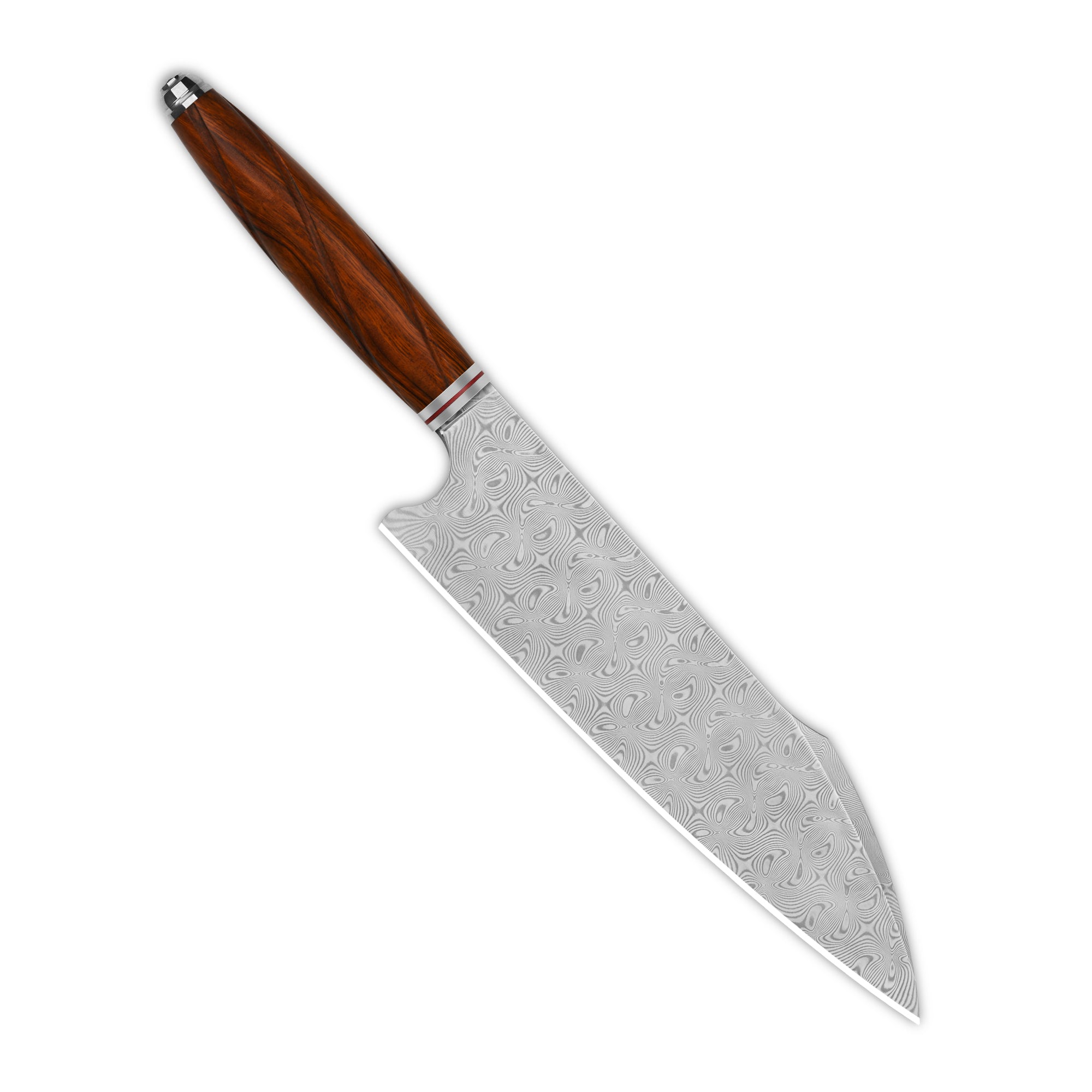The Difference Between Japanese and Western Style Chef Knives
When it comes to choosing a chef knife, the decision often boils down to two primary styles: Japanese and Western. Each style has its own unique characteristics, advantages, and uses. Understanding these differences can help you make an informed choice that suits your culinary needs. 
Blade Material and Construction
One of the most significant differences between Japanese and Western chef knives is the blade material and construction. Japanese knives are typically made from harder steel, which allows for a sharper edge. This hardness, however, makes them more brittle and prone to chipping.
In contrast, Western chef knives are usually made from softer, more durable steel. This makes them less likely to chip but requires more frequent sharpening. The construction of Western knives often includes a full tang, which provides better balance and durability.
Blade Shape and Edge
The blade shape and edge are also distinguishing factors. Japanese chef knives often feature a thinner, more precise blade with a single bevel edge. This design is ideal for delicate tasks like slicing fish or vegetables.
Western chef knives, on the other hand, have a thicker blade with a double bevel edge. This makes them more versatile and suitable for a variety of tasks, from chopping to dicing.
Handle Design
The handle design of a chef knife can significantly impact its comfort and usability. Japanese knives typically have a wooden handle, which offers a traditional and elegant look. However, these handles can be less ergonomic and may require more maintenance.
Western chef knives often feature a synthetic or composite handle, designed for comfort and durability. These handles are usually more ergonomic, making them easier to use for extended periods.
Usage and Maintenance
When it comes to usage and maintenance, Japanese and Western chef knives have different requirements. Japanese knives are best suited for precision tasks and should be used with care to avoid chipping. They also require specialized sharpening stones to maintain their edge.
Western chef knives are more versatile and can handle a broader range of tasks. They are easier to maintain and can be sharpened with a standard honing rod or electric sharpener.
“Choosing the right chef knife can elevate your cooking experience. Understanding the differences between Japanese and Western styles is crucial for making an informed decision.”
Conclusion
In conclusion, the choice between a Japanese and Western chef knife depends on your specific needs and preferences. Japanese knives offer precision and sharpness, ideal for delicate tasks. Western knives provide versatility and durability, suitable for a wide range of kitchen activities.
For those interested in exploring high-quality chef knives, consider the Shun Classic 8-Inch Chef Knife. This Japanese knife features a VG-MAX steel blade and a D-shaped ebony PakkaWood handle, combining traditional craftsmanship with modern materials.

For a comprehensive guide on maintaining your chef knife, watch this video tutorial.
- Japanese knives are made from harder steel, offering a sharper edge.
- Western knives are more durable and versatile, suitable for various tasks.
- Handle design varies, with Japanese knives often featuring wooden handles and Western knives using synthetic materials.
- Maintenance requirements differ, with Japanese knives needing specialized sharpening stones.
By understanding these differences, you can choose the right chef knife that will enhance your culinary skills and make your cooking experience more enjoyable. References
|